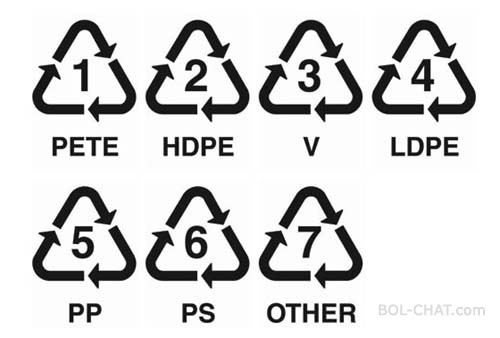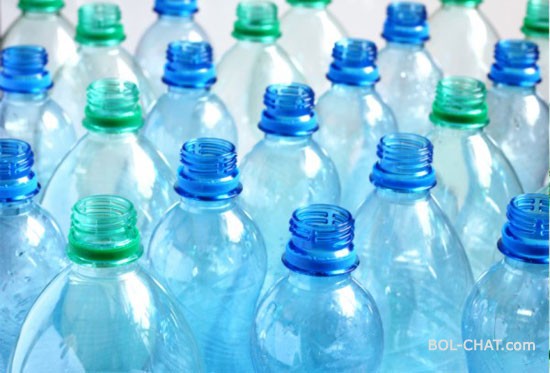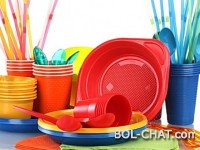What's on the bottom of plastic packaging?
Over the past fifty years, the way of life has changed considerably and the plastic has simply flooded the planet. In short, plastic has improved our standard of living and made it easier for us to live, but in the long run, it is a major threat to both our and the health of the whole planet.
At the bottom of each plastic bag, look for a triangle with a number in the middle. He speaks of which plastics packaging is made. Not all types of plastics are equally recommended for human use and equally harmful.

1 - PET (often PETE) - polyethylene teraphthalate. The bottles made of this plastic are for single use. According to some studies, there is the possibility of releasing heavy metal antimony and EPA chemicals that interfere with hormone activity.
2 - HDP (sometimes HDPE) - High density polyethylene. It is a "good" plastic, for which there is the least probability of discharging chemicals into water.
3 - PVC (sometimes 3V) - polyvinyl chloride. This plastic discharges two toxic chemicals, and both interfere with hormone activity in the human body. In spite of this, it is still the most commonly used bottle plastic.
4 - LDPE - low density polyethylene. Plastic, which does not release chemicals into water. In spite of this, it is not used for the production of plastic bottles, but mainly for making plastic bags for foodstuffs.
5 - PP-polypropylene. Another "good" plastic, usually white or semi-transparent. It is used for bottles in which syrups are packed, or yoghurt cups.
6 - PS - polystyrene. Plastic that is commonly used for disposable cups of coffee, or in fast foods. This plastics release styrene, a compound that, according to some studies, has been shown to affect the occurrence of cancer and other diseases.
7 - PC (or no label) - This is the worst plastic for food products because it secretes the BPA chemical. Unfortunately, it is used in baby bottles, sports bottles and food storage containers.

Plastic masses that do not release chemicals into foods are, therefore, 2, 4, and 5, or with the label HDP, HDPE, LDPE, PP. It is still best to keep water in glass bottles. So if you drink more water every day, it may be a good idea to consider placing water in glass bottles, if it's possible, and doing something good for yourself and for the natural environment.
- 4 Feb, 2018
- 3854 views
- No comments


